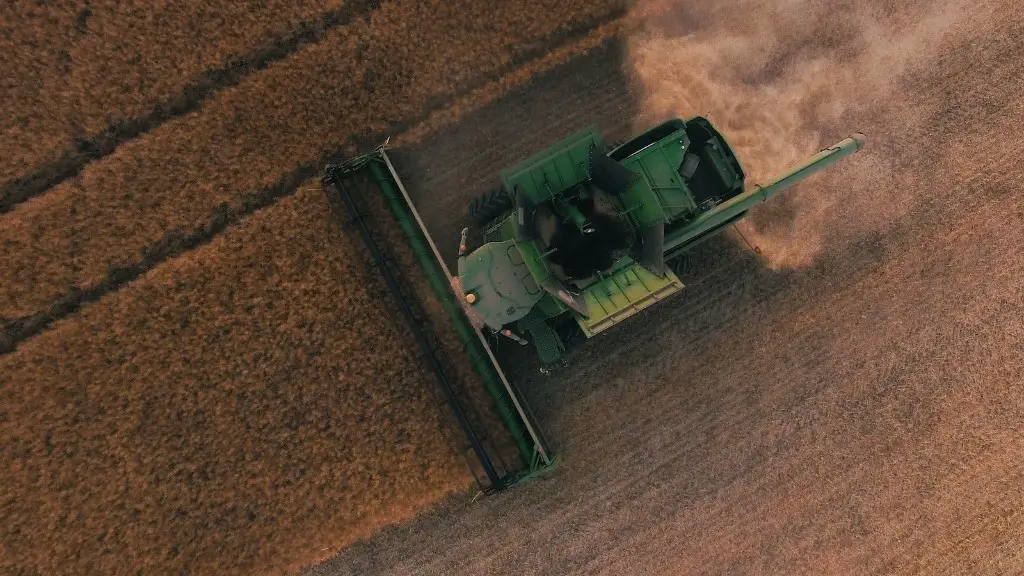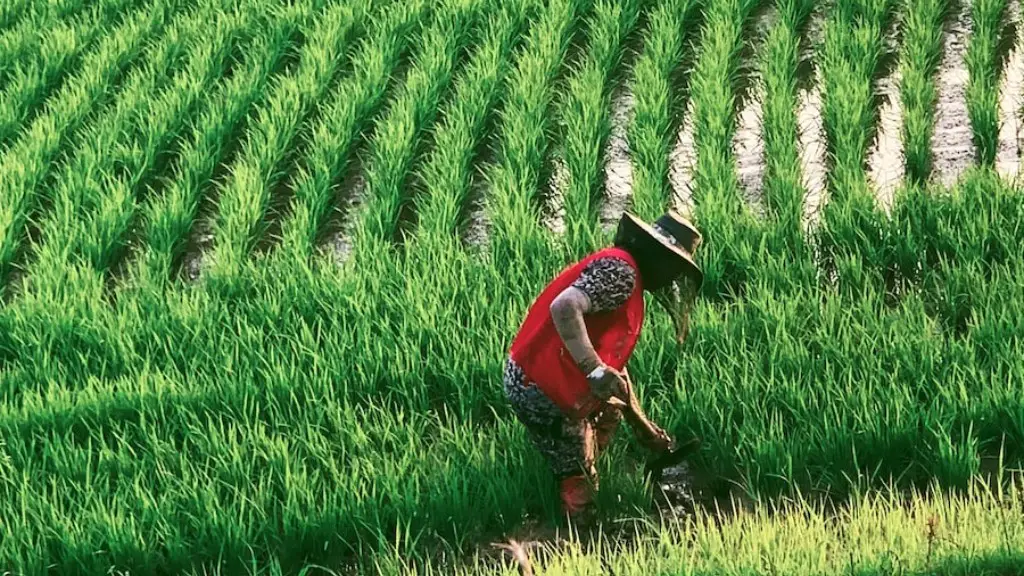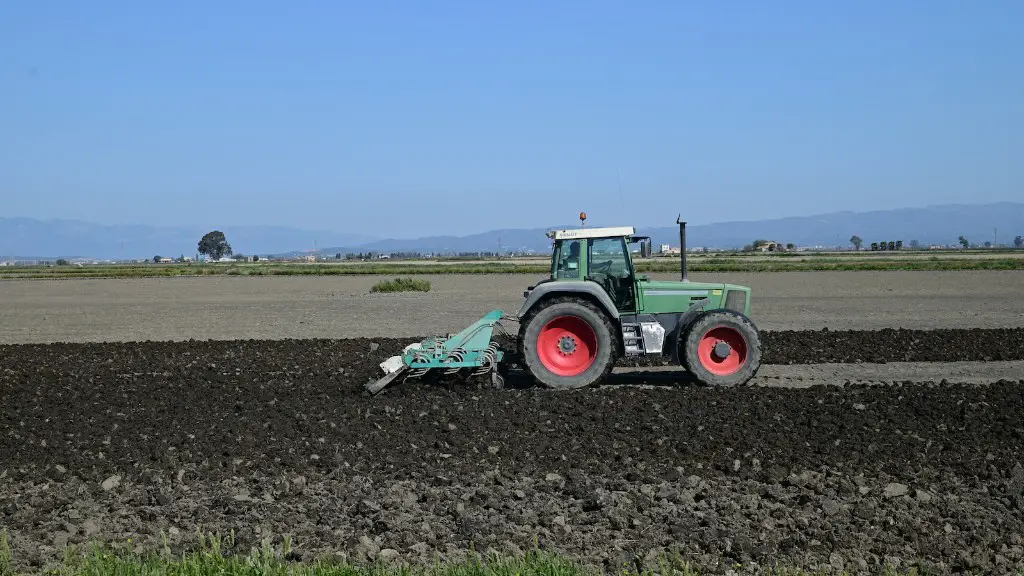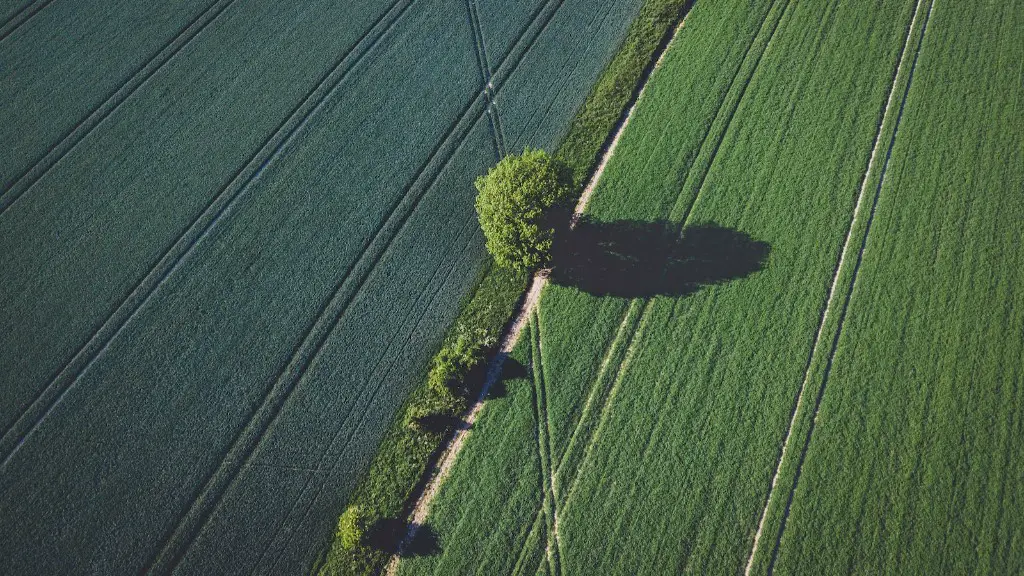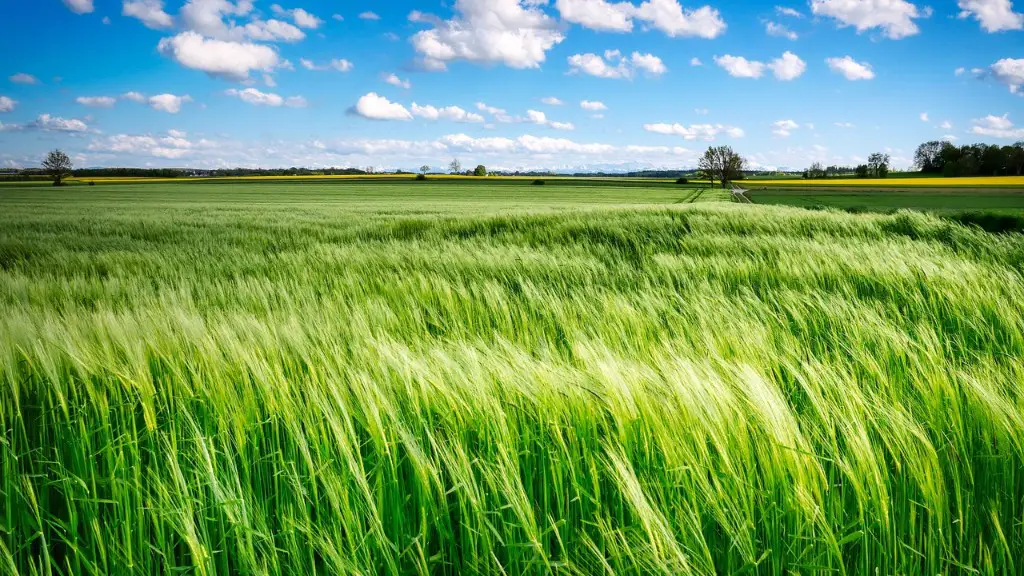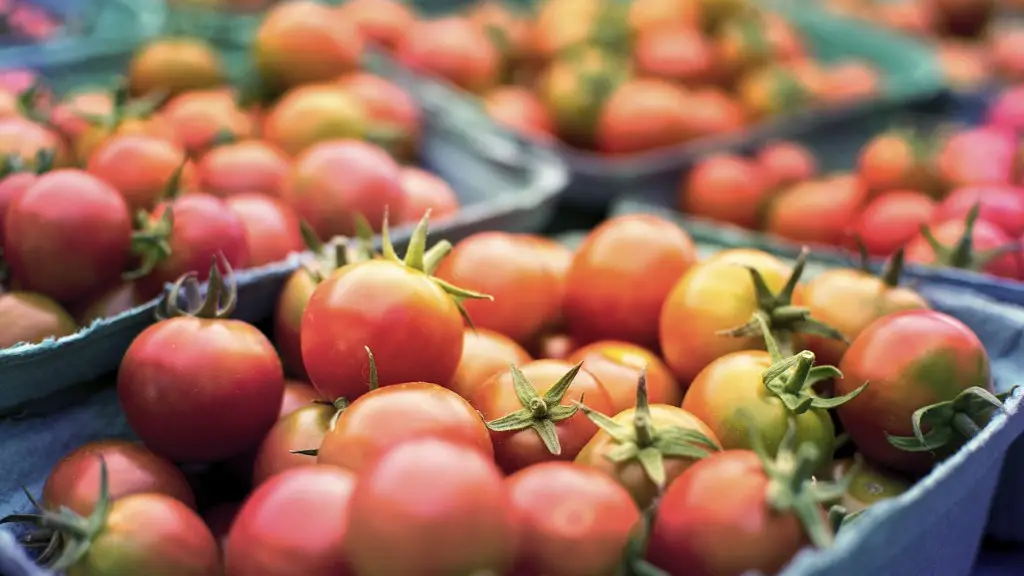The WTO Agreement on Agriculture sets forth the rules for international trade in agricultural products. The Agreement commits WTO members to protecting and liberalizing agricultural trade, while also ensuring that agricultural trade does not adversely affect the food security of WTO members. The Agreement provides a framework for WTO members to negotiate reductions in tariffs and other trade barriers on agricultural products. The Agreement also establishes rules for the provision of agricultural subsidies and other measures that affect agricultural trade.
The WTO agreement on agriculture is a multilateral agreement that sets out the rules for international trade in agricultural products. The agreement provides for the elimination of barriers to trade in agricultural products, and the establishment of a framework for the liberalization of agricultural trade. The agreement also provides for the protection of the interests of developing countries in the international agricultural trade.
What is the meaning of WTO agreement on agriculture?
The WTO Agriculture Agreement provides a framework for the long-term reform of agricultural trade and domestic policies, with the aim of leading to fairer competition and a less distorted sector. The Agreement covers market access, domestic support, export subsidies, and sanitary and phytosanitary measures.
The World Trade Organization (WTO) is the only international organization dealing with the global rules of trade. Its main function is to ensure that trade flows as smoothly, predictably and freely as possible. The WTO was established in 1995 as a successor to the General Agreement on Tariffs and Trade (GATT), which was founded in 1948. The WTO’s headquarters are in Geneva, Switzerland.
What are the main WTO agreements
The WTO agreements are lengthy and complex because they are the result of years of negotiation among many countries. The basic principles are expressed in just a few documents:
The General Agreement on Tariffs and Trade (GATT), which covers international trade in goods, and the General Agreement on Trade in Services (GATS), which covers trade in services.
The Agreement on Trade-Related Aspects of Intellectual Property Rights (TRIPS), which covers trade-related aspects of intellectual property, including copyright, patents and trademarks.
The Understanding on Rules and Procedures Governing the Settlement of Disputes, which sets out the rules for settling disputes between WTO members.
The WTO agreement is supported by a number of other agreements, which are an integral part of the WTO system.
The WTO is the only global international organization dealing with the rules of trade between nations. At its heart are the WTO agreements, negotiated and signed by the bulk of the world’s trading nations and ratified in their parliaments.
What is the impact of WTO in Agriculture?
The WTO agreement has had a positive impact on Indian agriculture. The reduction of trade barriers and the substitution of agriculture has resulted in higher export earnings for India. This has benefited the country in terms of economic growth and employment.
The trading system is the set of rules, agreements and institutions that govern international trade. The system is designed to promote free and fair trade by ensuring that trade flows as smoothly, predictably and freely as possible.
The trading system is based on a number of principles, including the following:
– Non-discrimination: All countries should be treated equally under the trading system. This principle is known as the most-favoured-nation (MFN) principle.
– Predictability: The trading system should provide certainty and predictability so that businesses can plan and invest with confidence.
– Freedom of choice: People and businesses should be free to choose which products they want to buy and sell, and where they want to buy and sell them.
– Openness: The trading system should be transparent and open, so that all countries have a clear understanding of the rules and procedures that apply.
– Fairness: The trading system should be fair, so that it is not unduly biased in favour of or against any particular country or group of countries.
What are the benefits of the WTO?
There are many benefits of WTO membership, including participation in the development of new rules and principles of international trade, export diversification, a transparent and predictable investment regime, and increased sovereign credit ratings. WTO membership also strengthens a country’s position in trade disputes.
The WTO has six key objectives: (1) to set and enforce rules for international trade, (2) to provide a forum for negotiating and monitoring further trade liberalization, (3) to resolve trade disputes, (4) to increase the transparency of decision-making processes, (5) to cooperate with other major international economic organizations such as the IMF and the World Bank, and (6) to help developing countries benefit from the global trading system.
What are the advantages and disadvantages of WTO
The World Trade Organization (WTO) is the only intercontinental international organization that regulates trade between nations. Its main function is to ensure that trade between nations flows as smoothly, predictably and freely as possible.
The WTO can be seen as a ‘safety net’ for international trade. It helps to stabilise the trading system and provides a forum for countries to settle their differences. By doing so, it contributes to global economic growth and prosperity.
There are, however, some disadvantages to the WTO. Some countries feel that the WTO favours developed countries and multinational corporations, and that it does not do enough to protect the interests of developing countries. There is also concern that the WTO’s dispute settlement process is biased in favour of developed countries.
The SPS Agreement establishes a general framework for member countries to follow when setting product requirements for imported food. These requirements must be based on scientific principles and must not be used as a way to unjustifiably discriminate against imports. The Agreement also provides for harmonization of food safety standards at the international level.
Who controls the WTO?
The WTO is a key global organization that helps to ensure trade flows smoothly and predictably between its member governments. All major decisions are made by the membership as a whole, either by ministers (who meet at least once every two years) or by their ambassadors or delegates (who meet regularly in Geneva). Decisions are normally taken by consensus, which means that all members agree with the decision. If consensus cannot be reached, then decisions are made by a vote of the membership.
The International Organization for Standardization’s (ISO) set of quality management principles are meant to help international standards work better for global trade. They are widely followed by standards bodies seeking international relevance and cover topics like transparency, openness, impartiality and consensus, effectiveness and relevance, coherence, and the development dimension. While these principles are not binding, they provide guidance on how to develop and improve international standards so that they better meet the needs of global trade.
What are the 6 functions of the WTO
The World Trade Organization (WTO) is an international organization that deals with the rules of trade between nations. Its main function is to ensure that trade flows smoothly, predictably and freely as possible.
The WTO is responsible for the administration and implementation of trade policy review rules. This includes the discussion of plans of member nations and the settlement of trade disputes. The WTO also works to ensure that the world’s resources are used in the best possible way.
The negative impacts of the CAM (Competitive Agriculture Markets) on the Indian market are many. The biggest beneficiaries of this system have been the MNC giants who have been able to dominate the trade market. The prices of imports have been kept low in the Indian market, resulting in heavy losses for the crop producers. There is still a lack of transparency in WTO regarding the developed nations.
What is the agricultural trade policy and WTO?
The WTO Agreement on Agriculture sets out rules for all WTO members aimed at establishing a fair and market-oriented agricultural trading system. The Agreement establishes rules for domestic support and market access for agricultural products, and provides for substantial progressive reductions in agricultural support and protection.
The WTO is the main international body that assesses trade barriers between countries and works to solve them through diplomatic negotiation. The WTO’s goal is to promote full, fair trade and to achieve a fully globalized economy. In doing so, the WTO fights poverty around the world.
Warp Up
The WTO Agreement on Agriculture (AoA) sets out the rules for international trade in agriculture and provides a framework for national policies. The AoA has three main objectives: to establish a fair and market-oriented agricultural trading system; to support developing countries in their efforts to achieve food security and to raise their standard of living; and to protect the environment.
The WTO Agreement on Agriculture is a multilateral agreement that sets out the rules for international trade in agriculture. The agreement covers a wide range of topics, including tariffs, subsidies, and other trade-related measures. The agreement is an important part of the world trade system and has helped to promote food security and economic development around the world.
